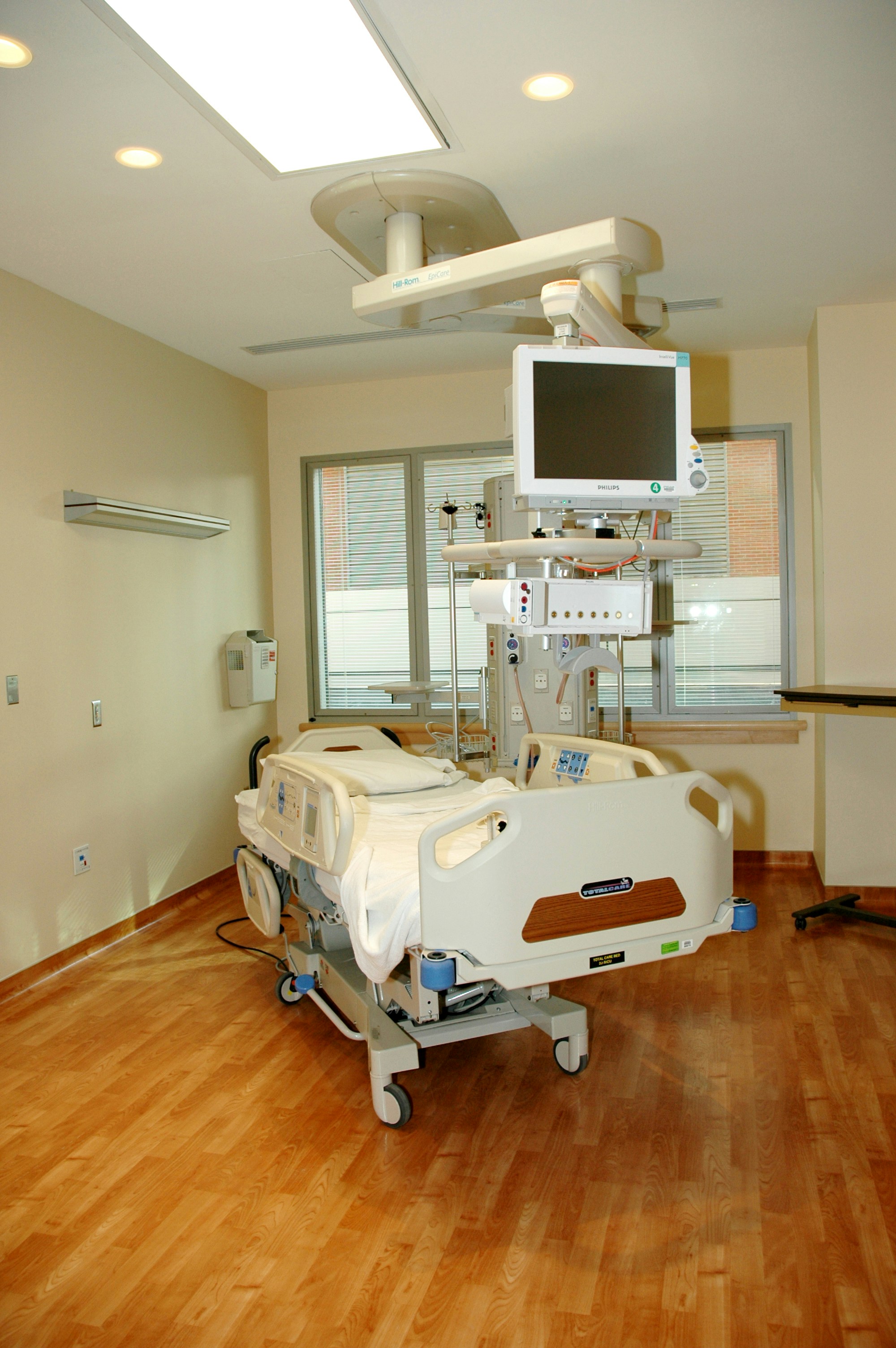New Guidelines Proposed for ICU Design

Photo by National Cancer Institute on Unsplash.
New Guidelines Proposed for ICU Design
Advances in technology, the evolution of patient- and-family centered care and infection control challenges—evidenced during the COVID-19 pandemic—highlight the possibilities and challenges of intensive care unit (ICU) design. For example, prior ICU design guidelines in 1995 and 2012 did not envision remote manipulation of ventilator settings or infusion pumps, or the unique problems presented by pandemic care. As a result, the Society of Critical Care Medicine (SCCM) sought to update the 2012 ICU design guidelines.
Published in Critical Care Medicine, the journal of SCCM, these new guidelines provide evidence-based recommendations for clinicians, administrators and healthcare architects to optimize design strategies in new or renovation projects.

“The guideline document is novel as a comprehensive collection of evidence related to multiple aspects of ICU design, and was developed with global use in mind,” says corresponding author Diana Anderson, MD, FACHA, assistant professor of neurology at Boston University Chobanian & Avedisian School of Medicine. “While these guidelines do not serve as a complete reference for ICU design, they provide evidence-based recommendations for several high-impact topics for their design.”
SCCM established a panel of 27 members across the disciplines of architecture, engineering, design, clinical practice, and hospital operation and administration that met virtually from 2019 through 2024 to develop the guideline document. They considered five overall themes related to ICU design: room layout, room design, infrastructure, infection control and prevention and space for staff. Seventeen recommendations were made, which, if implemented, will result in ICU designs that are centered on patients, families and clinicians.
Among the key recommendations in the proposed guidelines are:
• ICUs should primarily contain single-patient rooms.
• Patient rooms should be close to key hospital services such as radiology, operating rooms, and blood banks.
• Windows and/or natural lighting should be available in all patient rooms.
The panel also suggested integrated staff break/respite spaces, advanced infection prevention features and flexible surge capacity.
According to the researchers, the field of evidence-based design is growing, and additional research is needed to demonstrate the effects of space on our health. “This guideline is unique in its development via a truly interdisciplinary group of subject matter experts from around the globe, and a comprehensive collection of ICU evidence and subsequent design recommendations,” says Anderson.